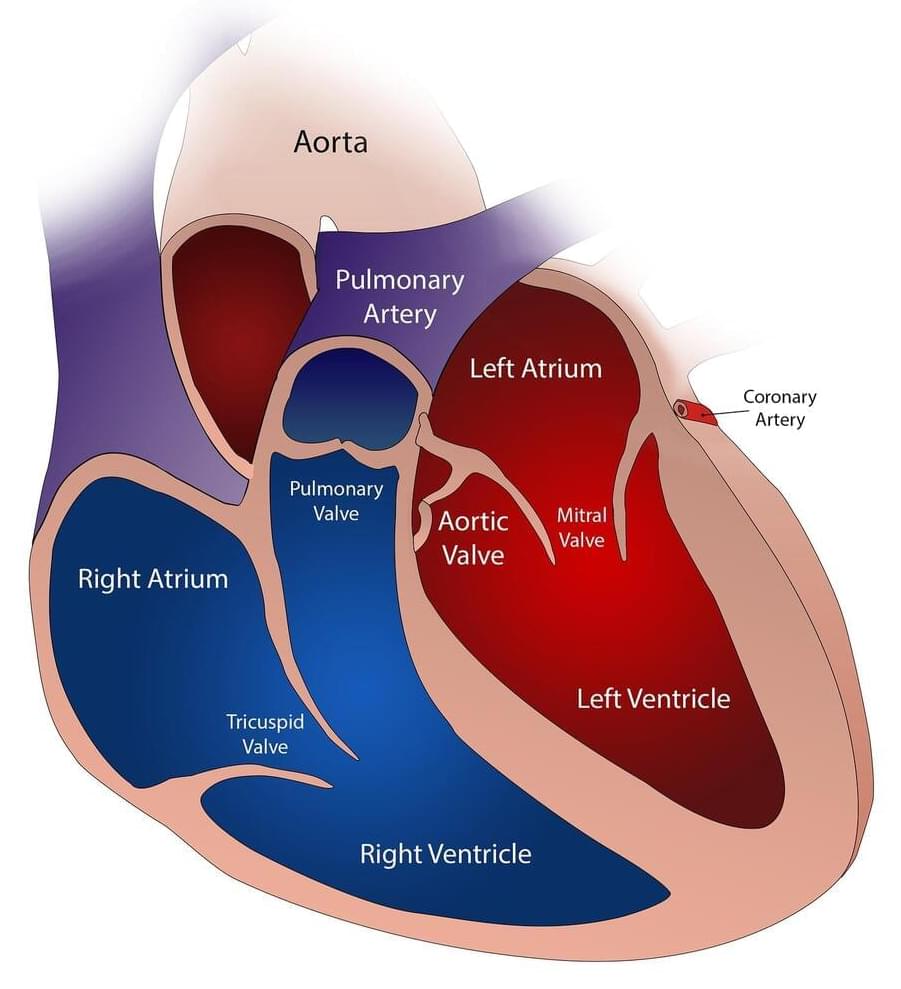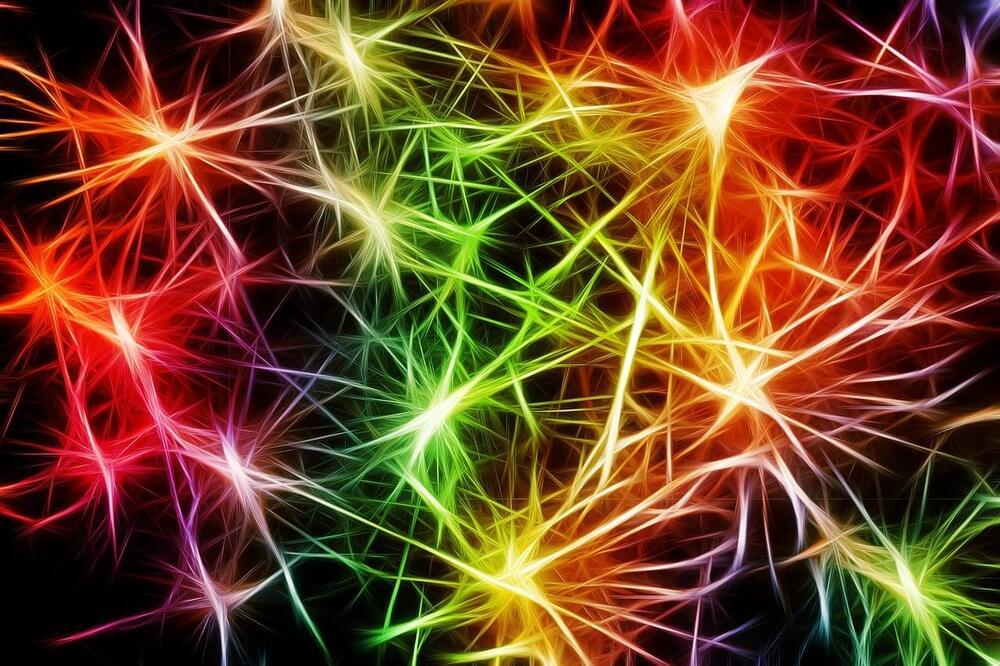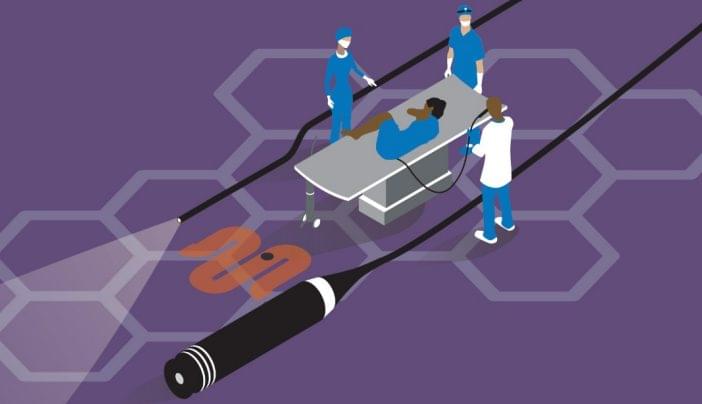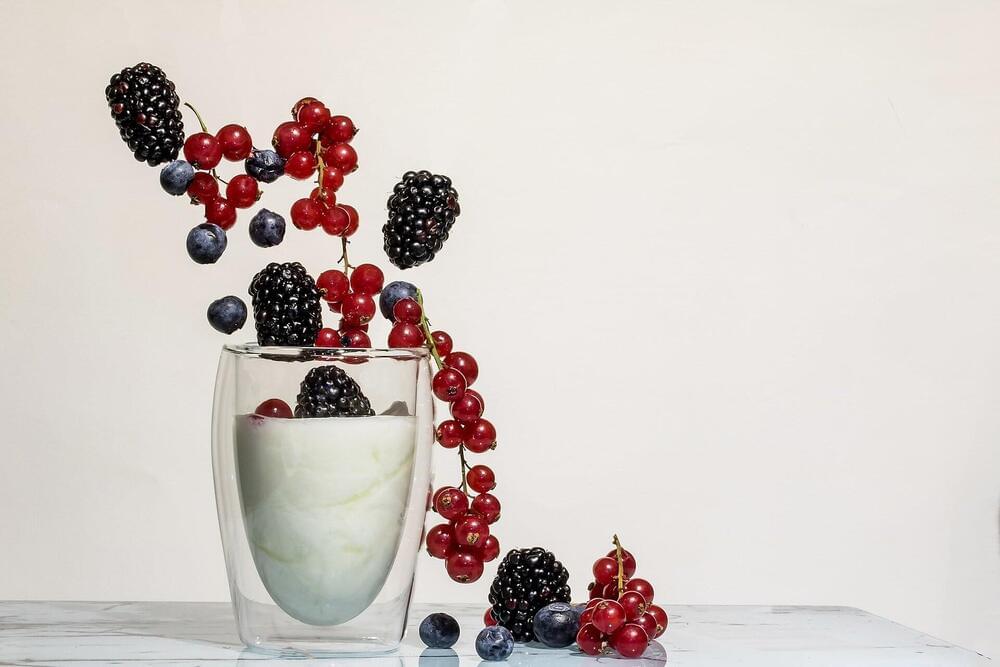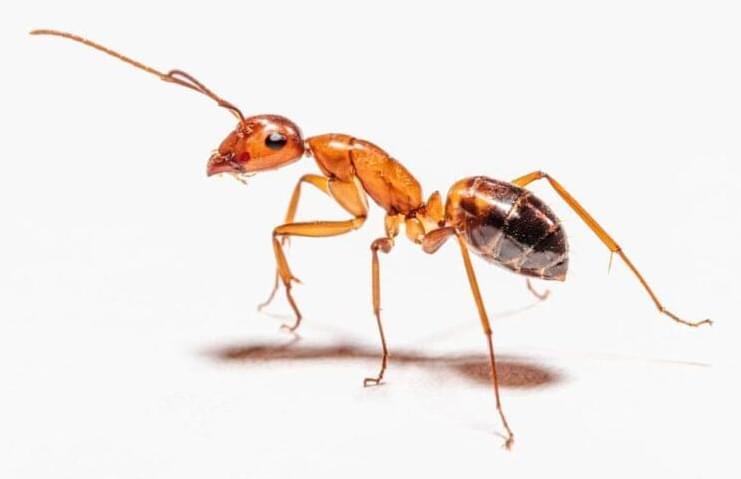Visit https://brilliant.org/dos/ to get started learning STEM for free, and the first 200 people will get 20% off their annual premium subscription.
And grab your posters here: https://store.dftba.com/collections/domain-of-science.
This is the Map of Medicine showing you all of the different areas of medical practice, the principles of medicine, diagnostic methods, the surrounding sciences that support the field of medicine and a description of the placebo effect and clinical trials.
#medicine #domainofscience.
Check out Rohin @MedlifeCrisis placebo video: https://youtu.be/tefIopDJQBQ
Get My Posters Here.
For North America visit my DFTBA Store: https://store.dftba.com/collections/domain-of-science.
For the rest of the world go to my RedBubble Store: https://www.redbubble.com/people/DominicWalliman.
I have also made posters available for personal or educational use which you can find here: https://www.flickr.com/photos/95869671@N08/
Special thanks.
